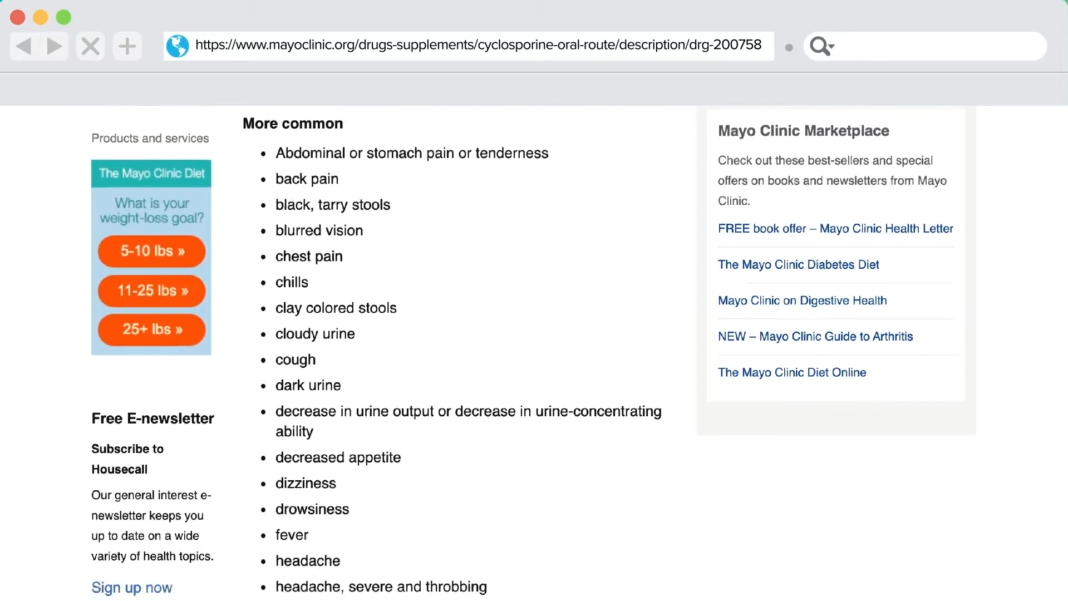The available evidence unequivocally shows that the provision of cardioprotective medications following an acute coronary syndrome is highly effective in reducing the risk of subsequent cardiovascular events. The real-world effectiveness of these secondary prevention medications does, however, not solely rely on the pharmacological efficacy of the drugs, but also depends on patient adherence. In 2003, the WHO reported that only 50% of patients adhered to their prescribed treatment regimens.1 Unfortunately, improvements in adherence have not been observed over time, and recent evidence suggests that the proportion of patients adhering to secondary prevention cardiovascular disease medications is still around 50–60%.2 Hence, there is an urgent need for strategies that enhance cardiovascular medication adherence to improve cardiovascular health outcomes after an acute coronary syndrome. Despite substantial efforts to address this challenge, many interventions have yielded disappointing results over the years.3 To improve medication adherence, it is important to identify individuals who are susceptible for non-adherence in order to develop individualised approaches tailored to their specific barriers and needs.
Kha et al used machine learning techniques to identify which factors are associated with non-adherence of secondary prevention cardiovascular disease medications.4 The authors conducted a secondary analysis of the TEXT messages to improve MEDication adherence and Secondary prevention after Acute Coronary Syndrome (TEXTMEDS) randomised controlled trial. The original TEXTMEDS trial …


